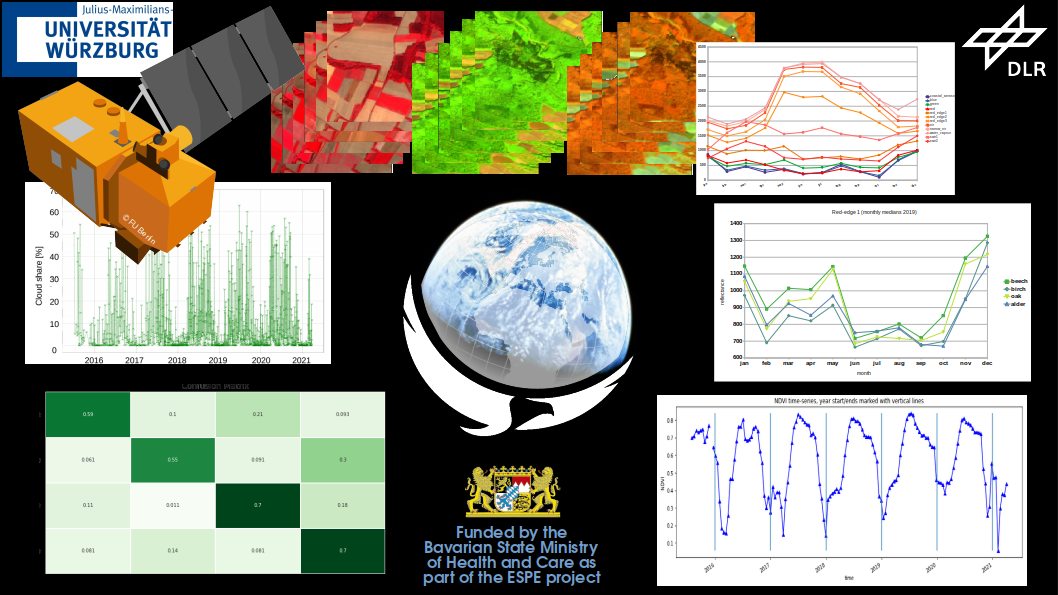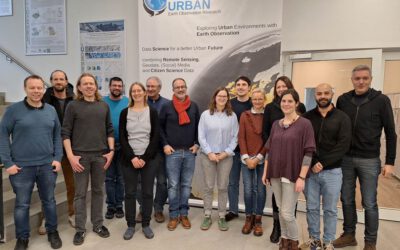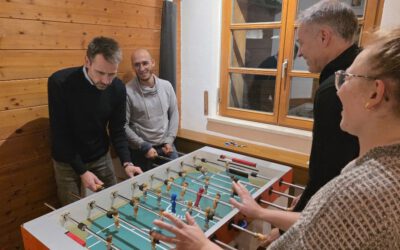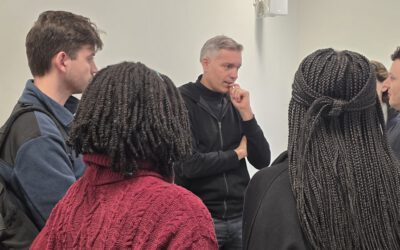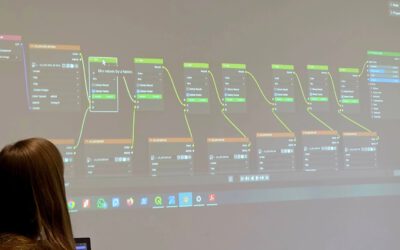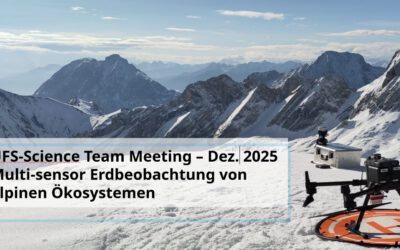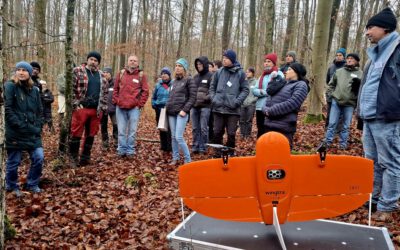We are glad to announce our next workshop report at the Department of Remote Sensing. On the 18th of May, Sebastian Förtsch and colleagues from the department raise the questions “Do we see trees? – If so, how many?“.
Abstract
Forests and tree stands are explicitly linked to the Sustainable Development Goal 15, as formulated by the United Nations, to “protect, restore and promote sustainable use of terrestrial ecosystems, sustainably managed forests, combat desertification, and halt and reverse land degradation and halt biodiversity loss”. This outlines the importance of these essential ecosystems with their inestimable services, such as reducing the atmospheric carbon stock, balancing local and regional climates, or regulating the heat on the earth’s surface. Forests’ stability depends on the existing biodiversity in forests; tree species information can be seen as a proxy for biodiversity and is also needed in forest management, change assessment, or in the field of bio-medicine to determine pollen sources. However, collecting data is enormously labor and cost-intensive and impossible to realize in large areas. Since the beginning of the Landsat mission, space-borne remote sensing (RS) offers capabilities for vegetation monitoring, steadily increasing the quality of methods and data in this field. The Copernicus program of the European Space Agency started a new era in the field of RS. Especially the Sentinel-2 fleet with its two multispectral measurement units delivers free data in high spatial and temporal resolution, which provide a meaningful source for the modeling of tree species. But there are still pitfalls that need to be addressed, especially when the goal is classifying tree stands in large areas. One major difficulty when working with optical data is caused by atmospheric conditions that disturb the view on forests or make it impossible in cloudy conditions. Furthermore, the absence of consistent in-situ information on tree species in large geographic extents is challenging. With our study, we aim to present a workflow to gain information for improving classifications by utilizing monthly Sentinel-2 composites together with different in-situ datasets in the biosphere reserve Rhoen, and their behavior by applying established classification methods.
Title of presentation: Do we see trees? – If so, how many? Author: Sebastian Förtsch*, Steven Hill, and Insa Otte (all from the Department of Remote Sensing, University of Würzburg), *presenter
Date: Wednesday, 18th of May, 2022 Time: 10 – 11 a.m. s.t. (GMT+2) Place: Online Presentation language: English Slides: English

